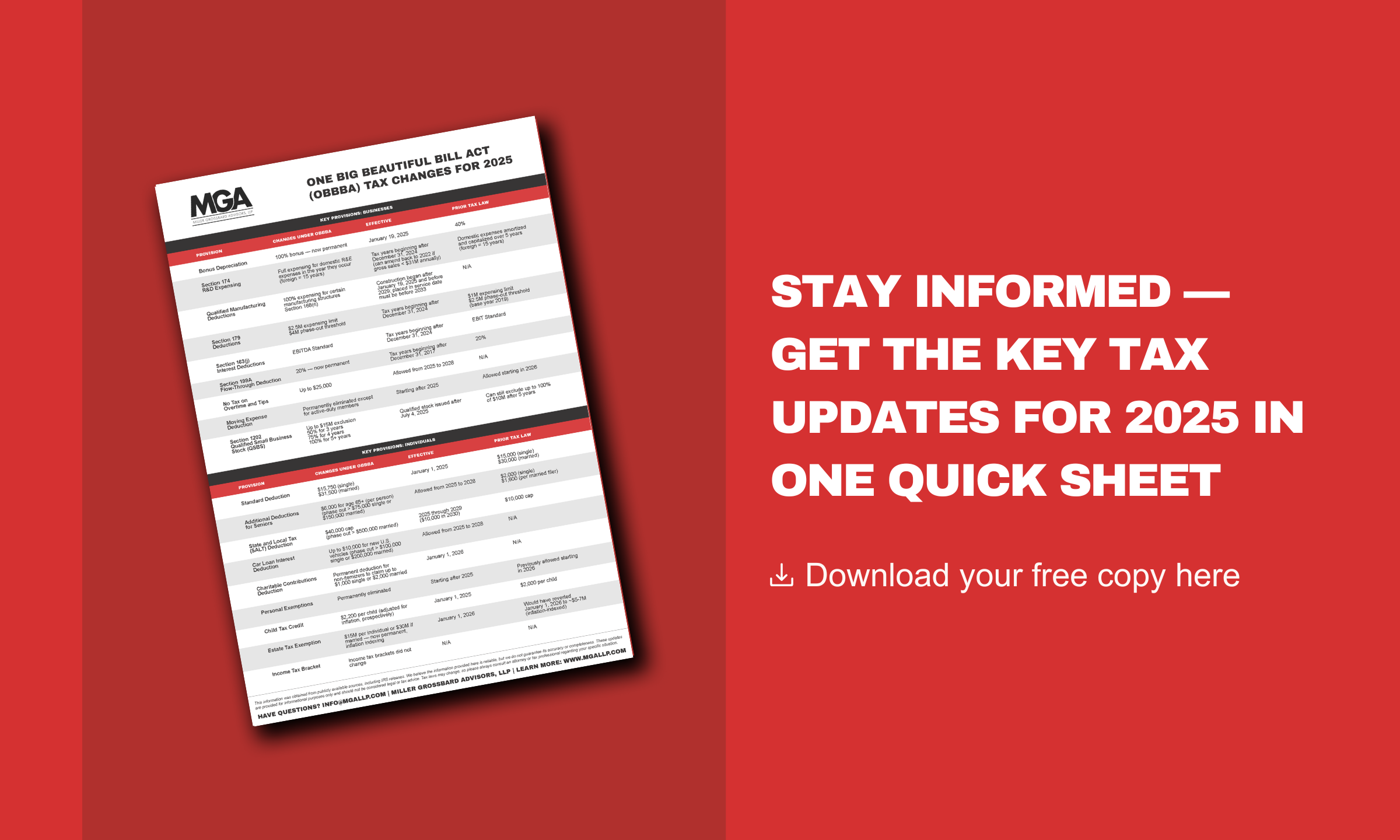As the 2024 presidential election approaches, Vice President Kamala Harris and former President Donald Trump have presented competing tax policy agendas. These proposals are poised to become a central focus in the next Congress, with the November 5 federal elections determining the balance of power in the U.S. House of Representatives and Senate.
Key provisions from the 2017 Tax Cuts and Jobs Act are set to expire at the end of 2025, making next year a critical year for “must-pass” tax legislation. Without congressional action, these expirations could result in widespread tax increases for individuals and businesses under current law.
Here’s a closer look at each party nominee’s tax policy agenda.
Vice President Harris’ Tax Policy Explained
Kamala Harris’ tax policy proposes increasing taxes on both wealthy individuals and corporations, using the revenue generated from these changes to support the middle class and reduce the federal deficit.
Harris has also introduced several tax relief initiatives, including an expanded child tax credit and new provisions aimed at reducing housing costs.
Here are specific proposals from the Biden administration that Harris may propose (some of which she confirmed during the September debate):
- Raising the U.S. corporate tax rate from 21% to 28%
- Raising the corporate alternative minimum tax to 21%
- Disallowing business deductions for employee compensation exceeding $1M
- Increasing the tax deduction for small business startup expenses from $5,000 to $50,000
- Raising the top ordinary income tax rate for individuals to 39.6%
- Implementing a 25% minimum tax on a broader range of income, including unrealized capital gains, for individuals with a net wealth above $100M
- Taxing capital gains for high-income earners at regular income tax rates
- Increasing the net investment tax rate from 3.8% to 5%
- Extending the net investment income tax to include pass-through business income for high earners
- Treating carried interest as regular income for tax purposes
- Strengthening estate tax regulations
Former President Trump’s Tax Policy Explained
Donald Trump’s tax policy emphasizes cutting corporate tax rates and maintaining lower individual tax rates, aiming to stimulate business investment and economic growth. A key focus of Trump’s plan is on making many of the expiring provisions from the Tax Cuts and Jobs Act (TCJA) permanent, such as the individual income tax, the twenty percent qualified business income deduction for pass-through entities, and the increased lifetime estate tax exemption.
He has also proposed several tax relief initiatives, including eliminating income taxes on Social Security benefits and new provisions aimed at reducing housing costs.
Specific proposals from Trump’s plan include:
- Reducing the corporate income tax rate from 21% to 20%, or 15% for companies that make their products domestically
- Imposing a 10% tariff on most imported goods and a 60% tariff on goods imported from China
We Are Here to Make the Complex Changing Tax Plans Simple
Please note that we are sharing a highlighted overview of each candidate's tax policies as of today. We encourage you to do your own research on further specifics, such as the elimination of tax on tips, which they both agree on, and their differing approaches to child tax incentives.
We want to emphasize that we are not here to talk about nor endorse any particular candidate or political party. Our purpose is solely to provide an unbiased overview of the tax policies presented to the American public, allowing you to understand the potential impacts.
As always, we will continue to monitor what is shared and keep you informed, ensuring you’re prepared for any changes that may affect the tax landscape.
We are here to make the complex simple.
Subscribe Now!
Want to stay up to date with our latest blog posts, educational videos, webinars, and more? Get the newest updates delivered right to your inbox by clicking here to receive instant notifications whenever we publish fresh content.
Alternatively, you can opt for our monthly roundup with valuable information and insights from our team of experts. Subscribe today and stay ahead of the curve with us.
.png?width=191&name=mgalogofinal-01%20(3).png)





